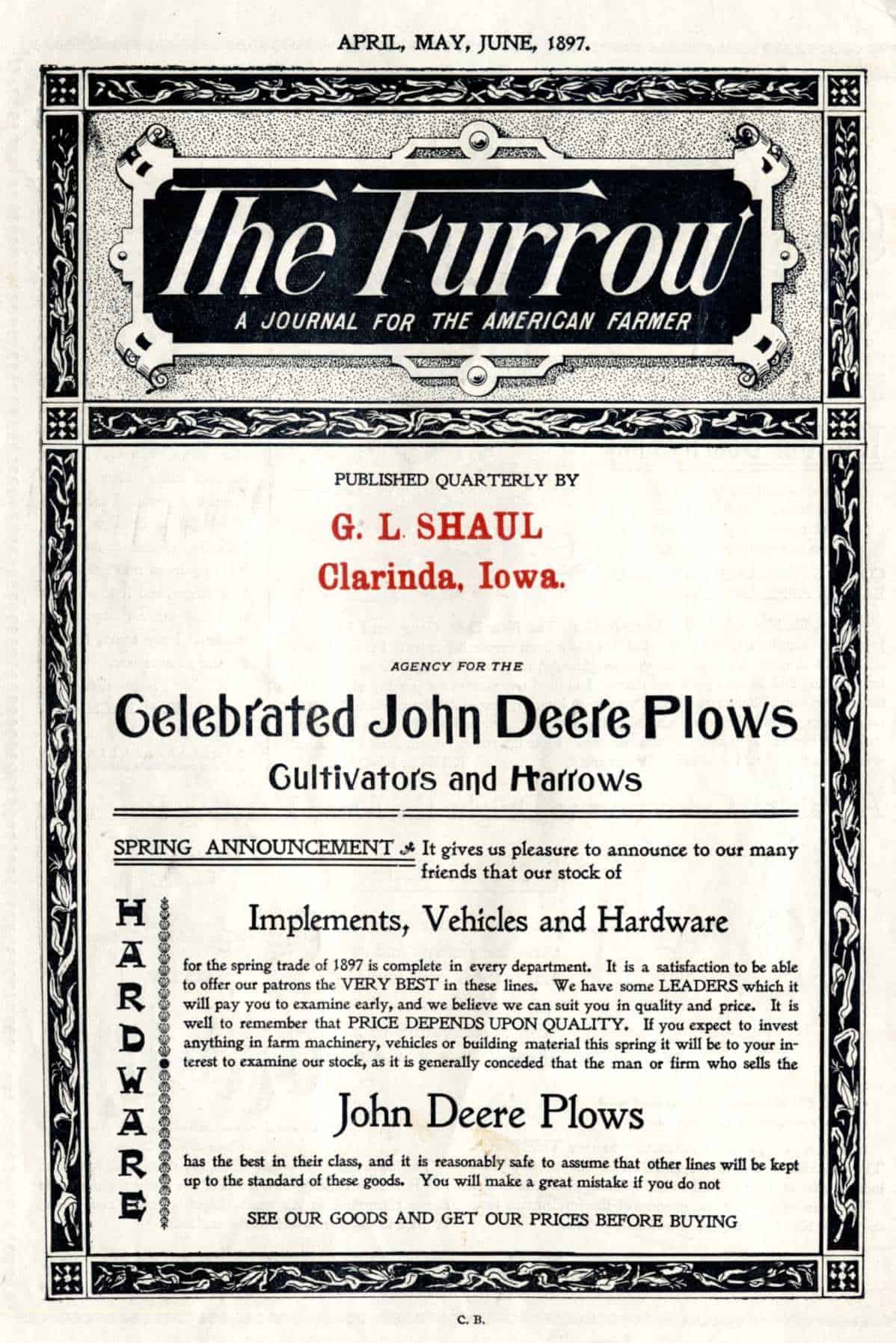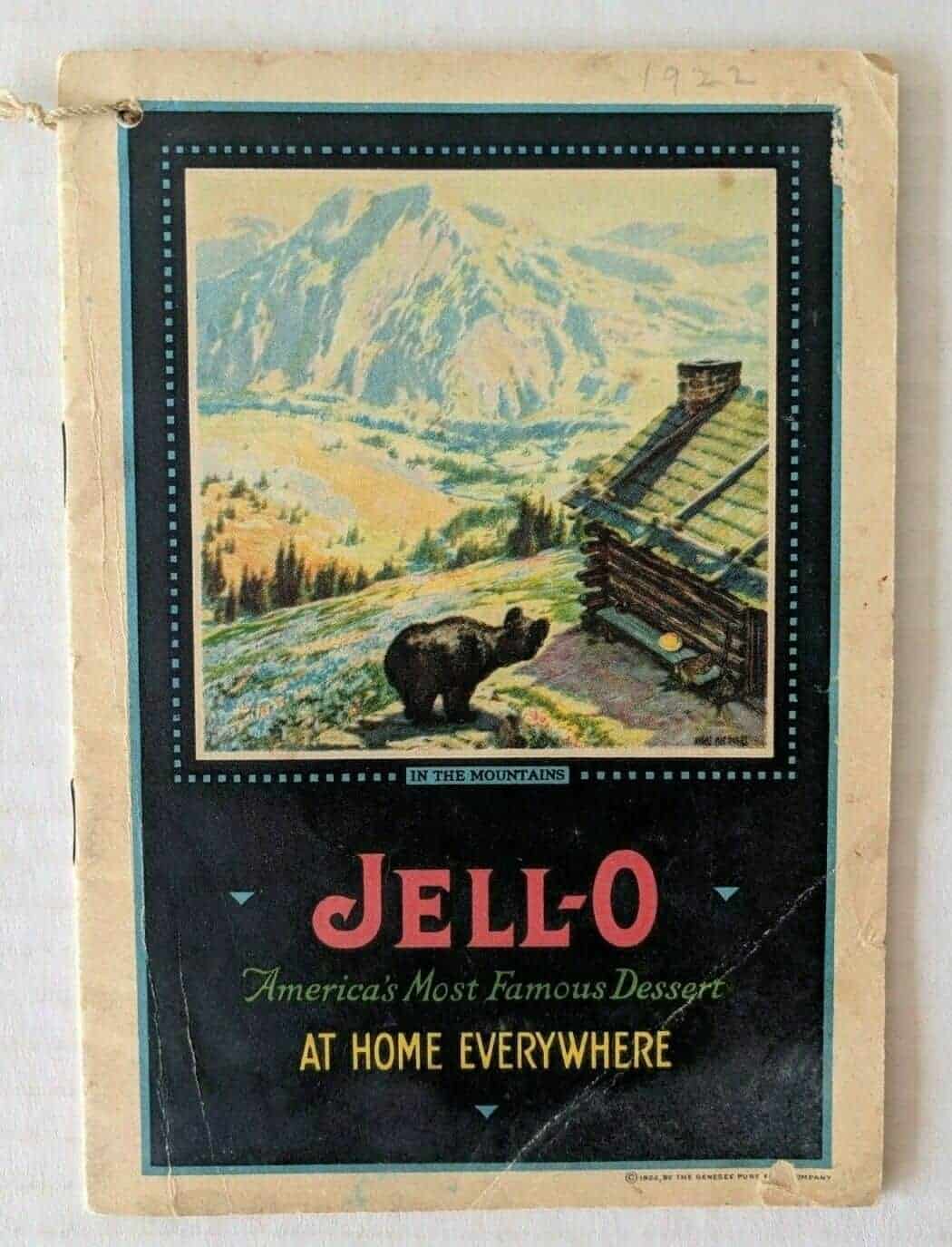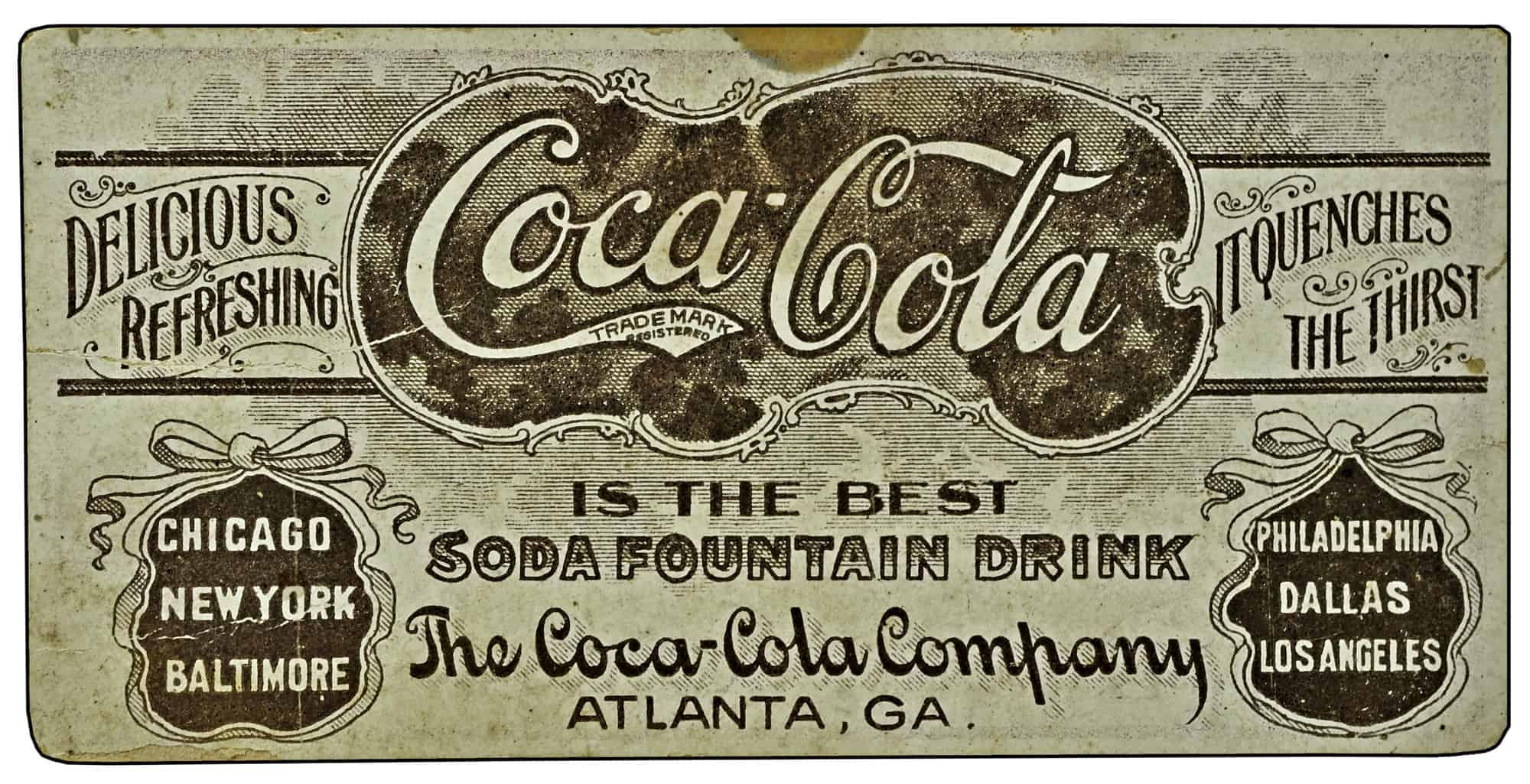
The History of Content Marketing

The history of content marketing is a hotly debated topic. Some marketers credit cave drawings as being some of the first forms of content marketing. Others assert that the first real development of content came after the invention of the Gutenberg printing press. Still, others believe that content marketing didn’t really take off until the “democratization of content” that only mass communication, such as that enabled by the internet, could produce. But what is content marketing all about? Regardless of any one person’s theory, the fact remains: Marketers have always needed and will continue to need content marketing.
Content Marketing: Where Did It Start?
While cave drawings are undoubtedly a significant find in that they tell us a great deal about human history, we’re not going to go so far as to say that the history of content marketing began all those thousands of years ago. If we’re talking about content marketing as we know it today, we need to go back only 125 years, to the publication of The Furrow by John Deere.
The Furrow
The Furrow is a truly remarkable publication for two distinct reasons. One, it was the very first of its kind and serves as a prime example of what content marketing should be. Two, it was a publication completely dedicated to helping the reader, not to pushing sales.
The Furrow, which John Deere first published in 1895, was a magazine committed to providing advice and information to farmers who were looking to improve their businesses and increase the profitability of their lands. Unlike other publications of the time, it did not push the sale of John Deere products. Rather, it provided relevant and valuable information and engaging stories for consumers to enjoy. This is the definition of effective content marketing.

The magazine, which helped the tractor company forge deeper connections with its audience, quickly became a hit. By 1912, the magazine had 4 million subscribers. It’s still in circulation today, with 1.5 million subscribers in 40 different countries. Not only did it make history in the content marketing books, but it was groundbreaking for marketing and consumer engagement in general.
The Furrow is a perfect example of marketing materials that garner trust and build relationships. It’s also a great example of how a strong marketing content writer — or, in The Furrow’s case, quite likely a team of them — can help companies exceed their marketing expectations.
The Michelin Guides
After witnessing the success of The Furrow, Michelin, the French tire brand, published the Michelin Guide. The 400-page publication provided drivers with a wealth of valuable information they could use on the road, such as where they could find auto repair shops, restaurants and hotels, along with pro travel tips. You may have heard of this guide but never associated the fine-dining authority or the Michelin star ratings with the tire company, but it’s one and the same Michelin.

Although there were only about 2,200 cars on the road in France at the time (this was back in 1900), the entrepreneurial Michelin brothers, André and Edouard, were so confident that their efforts would pay off that they distributed 35,000 copies of the first publication for free. Though the guide did not sell tires, the idea behind it was that it would encourage people to travel to places near and far. All that traveling would wear out tires sooner and, when that happened, they would hopefully turn to the tire company that provided them with the handy guidebook in the first place — Michelin.
The Influence of Effective Content Marketing
By 1920, the publication was such a history-making success that the company started publishing guides for other countries. It also started charging consumers for it, and people were more than happy to pay (evidenced by the continued popularity of the guides today). Not only did the guides benefit the featured businesses, but they also set the stage for the next phase of content marketing — consumer publications and targeted ads posted in niche magazines. Michelin made content marketing history by changing the way content was used by businesses around the globe.
The Jell-O Recipe Book
Jell-O is a household name today, but it wasn’t always. In fact, the beloved, bouncy delight of a dessert almost became a failed endeavor. However, in what many believe to be Jell-O’s last great push, it began publishing ads in The Ladies Home Journal. Because the American housewife was Jell-O’s target demographic, this appears to be one of the first examples of purposeful audience targeting, which is another groundbreaking chapter in content marketing history.
The company’s strategic thinking paid off, as the ads began to generate sales. However, it was the Jell-O Recipe Book, a collection of recipes people could make with Jell-O, that really garnered interest. Not only did this book boost sales but it also turned Jell-O into a household name, proving once again the powers of an effective marketing content writer.

The Radio Wave, Thought Leadership and Branded Content
The history of content marketing didn’t end when things started going digital. As radio grew in popularity, brands found that they still had a need for content writing. Radio, though auditory in nature, served as a way for companies to put content directly into consumers’ homes.
Sears-Roebuck and Company offers one of the most notable examples of how brands used radio for content marketing purposes back in the 1920s. The appliance store bought airtime to reach customers in the agriculture industry. The host provided farmers with information designed to help them through the deflation crisis. It is one of the first examples of a company using content marketing to establish thought leadership.
By 1924, the segment was so popular, Sears established its own broadcasting station. Through it, they continued to provide advice as well as advertise products. They even sold radios through the radio so people could tune in at home.
In 1933, Proctor & Gamble launched its radio serial drama, “Oxydol’s Own Ma Perkins.” The drama was sponsored by its Oxydol soap powder and targeted its primary demographic — housewives. During breaks, the brand would advertise its soap products, hence the name, “soap opera.”
Content Gets Pushed Aside
Though leading brands, such as Proctor & Gamble and Sears-Roebuck & Company, still found need for a content writer for radio segments, others took advantage of the short breaks between them. These slots, which were typically no more than 60 seconds each, gave companies just enough time to push their products but offered no real value to listeners. At the same time, these commercials seemed to boost sales, thereby ushering in the era of advertising.
The mid-20th century is a dark time for brands, many of which decided that selling products through advertising was easier and more lucrative than selling solutions through content marketing. So, the 1950s and 1960s saw very little valuable branded content, and therefore didn’t make much content marketing history. This trend would continue until the late 70s to early 80s.
Exxon and the Multi-Channel Campaign
With the rise of television, brands began to take advantage of the various outlets through which they could advertise their products and services. However, instead of using different messages for each medium, marketers found they could save money but expand their reach by publishing the same message across multiple different mediums. This tactic, which resulted in consistent brand messaging, laid the foundation for future content marketing campaigns.
One of the most remarkable multi-channel campaigns came from Exxon (then called Esso). The company’s marketing content writer, Emery Smith, developed the catchphrase, “Put a tiger in your tank,” which gave the impression that having Esso gasoline in your tank gave your vehicle the power of a tiger. The catchphrase was a hit, and Exxon used it everywhere — on television, in magazine advertisements, in newspaper ads and more. It even created little tiger tails with which vehicle owners could adorn their gas caps. The campaign was such a triumph Time magazine dubbed 1964 “The Year of the Tiger.”

Though multi-channel marketing began as a way for brands to save money on marketing, it set a precedence for using the same messaging across various channels. That idea in content marketing history is one that underscores almost every digital marketing campaign today.
The Digital Age and “Content Shock”
The 1990s saw the rise of computers and the dot com bubble, both of which changed the marketing world forever. Out went printed materials and direct mail flyers, and in came their digital counterparts: Email newsletters, websites and blogs. The internet made it so easy for marketers to create, publish and promote content (for cheap!), that many experts refer to this era as the “democratization of content marketing.”
Though the digital landscape today is characterized by several different platforms and mediums, there are a few that spearheaded the digital content marketing revolution. You’re probably familiar with them.
Website
The first commercial website in digital history launched in 1993 and was owned by O’Reilly and Associates. Though it occurred long before businesses would take content marketing seriously, the launch of this site was the defining moment for content in that it was the moment that advertising started to lose its monopoly over the media. Now, anyone with internet access could create a site and push out branded content to larger audiences.
Blog
The first blog was created in 1994, by Swarthmore College student Justin Hall. The site, Links.net, was essentially Hall’s online version of a personal diary. As others like it began to crop up, so did a term for the activity of “logging on the web”: Web log. In 1997, John Barger combined the two terms to create “Weblog,” and in 1999, Peter Merholz truncated the term to the one we are familiar with today: “Blog.”
Though blogs were initially used for personal reasons, it didn’t take long for corporations and media giants to discover that they could use blogs as a means to spread awareness and engage their audiences. Blogging quickly became the foundation of any robust content marketing strategy in history, and it remains that today.
Social Media
In the early part of the 21st century, new mediums through which brands could target and engage their audiences began to crop up. Facebook and LinkedIn both launched in 2003. YouTube followed shortly thereafter in 2005, and then, in 2006, along came Twitter. Social media served as a way for brands to share their blog content with even larger audiences and amplify their messages. However, this ease of distribution resulted in content overload, which led to the necessity for ranking algorithms.

The Content Marketing Dark Ages: Too Much, Too Fast
When it comes to content marketing, speed and excess are two words that don’t belong. Yet, in the history of content marketing, specifically the early 2010s, marketers seemed to prioritize two main goals: To push out more content faster than their competitors could. This led to the phenomenon marketers today call “Content Shock.”
Content Shock
Content shock is a term that started creeping up in marketing circles around 2014, when the supply of content began to drastically outpace the demand. At the time content doomsayer, Mark Schaefer, coined the term, the amount of available web content was doubling every nine to 24 months, depending on which source you believed. Consumers were already spending, on average, 11 hours per day consuming content — up from two hours a day in the 1920s. How much more time could people spend on their mobile devices, he postulated?
He then went on to say that every human has a limit to the amount of content they could consume, and that content is not a sustainable approach for marketers. He further lamented that brands were “paying” people to read their content and that, at the end of the day, only the deepest pockets would win.
In all honesty, he wasn’t entirely wrong. In 2015, a trend now known as the “content marketing paradox” began to occur: Brands were creating more content with less return. In that year alone, content production increased by 35%, yet consumption fell by 17%.
Was this trend really because people were tired of consuming content, or did it have something to do with the content itself? We’re betting it was the latter.
The Era of $5 Articles
Today, the average length of a converting blog post is upwards of 2,000 words, and it takes the average web content writer four to six hours to produce such a piece. In the early history of digital content marketing, it was normal for bloggers to push out articles of between 200 and 500 words in length, sometimes multiple times a day. How was this accomplished, you may wonder?
Many a marketer would hire a writer via sites such as oDesk, Elance (now UpWork) and Fiverr for as little as $5 an article. As you can imagine, the majority of these $5 articles were poorly written and lacked any real value.

Keyword Stuffing and Spinning
Moreover, brands were hiring writers not necessarily to produce quality content, but to improve their rankings for certain keywords. This led to “keyword stuffing,” which involved squeezing the same keyword as many times as possible into a 200- to 500-word blog. These articles rarely made sense and provided no real value. In fact, keyword-stuffed articles were so offensive that Google began penalizing brands who published them.
Then there was the brief stint of “article spinning.” Article spinning involved rewriting old content by changing up the sentence structure and replacing words or entire phrases with synonyms. The goal was to generate content Google would deem as “original” as quickly and cost-effectively as possible. An example of spinning might look like this:
Original: “The dog jumped over the fence.”
Spun Version #1: “The canine hopped over the gate.”
Spun Version #2: “Over the obstacle the dog leaped.”
Thanks to Google’s Panda update in 2011, content spinning, and the content farms responsible for it, were no more.
Not only would these three tactics — paying $5 for articles, keyword stuffing and article spinning — not work today, but they never worked, hence the dip in content consumption in 2015. The dark side of content marketing history shows us what has and hasn’t worked when it comes to finding new customers and improving brand reach.
You Get What You Pay For
Circling back to Schaefer saying that only the deepest pockets can win … Content marketing is so effective because it seeks to offer value in the form of a solution to the readers’ problems or an answer to their questions. To create this type of content, brands need a content writer with talent and experience, not a self-professed web content writer who is willing to sacrifice the integrity of the written word for $5.

That said, do brands really need to shell out as much as Schaefer proposed? (At the time of writing the article, he suggested brands would have to pay upwards of $3,000 per week just to maintain content readership.) Unfortunately, there is no clear-cut answer to this, as brands’ budgets and needs vary drastically based on a number of unique factors. However, it’s important to note that content marketing is scalable, which is especially true when you use a la carte content writing services. However, as evidenced by content’s dark marketing history in the early 2000s, the mantra, “you get what you pay for,” is very much relevant when it comes to content marketing.
Content Today: The Continued Need for High-Quality Content
Today, the average brand allocates 27% of its overall marketing budget to content marketing, though the most successful organizations spend closer to 40% on a content strategy. 32% of that budget goes to content creation alone. Why? Because, despite Schaefer’s assertion that content is not sustainable, it is actually very much so. Below are a few stats that prove this to be true:
- 72% of marketers say content marketing increases their number of leads and increases engagement.
- Content marketing costs 62% less than traditional marketing programs but generates 3x as many leads.
- The conversion rates for brands that use content marketing are 6x higher than those that don’t, on average.
- 95% of consumers say they consider content when evaluating a company and its offerings.
- Nine out of 10 B2B decision makers say that content factors into their purchase decisions.
This is what content marketing is all about. Content is so powerful, in fact, that leading global brands are allocating the majority of their marketing budgets toward its creation. Coca-Cola, for instance, spends more money on content creation than it does on television advertising.

What This Means
These stats tell us one thing: The need for high-quality content is not going away anytime soon. Though content has undergone many changes since the days of The Furrow and the Jell-O Recipe Book, history of content marketing tells us that quality content will always prevail and that brands will need a content writer who can produce it.
Today, the average brand allocates 27% of its overall marketing budget to content marketing 👩💻, though the most successful organizations 🏢 spend closer to 40% on a content strategy. #ContentMarketing #ContentStrategy #Marketing Share on X
Let the History of Content Marketing Serve as Your Guide
So, what does this all mean for you? Why should you care about the history of content marketing? As with any history lesson, there’s a lot you can learn from past marketers’ mistakes — and victories. Here are a few valuable lessons you can use to guide your future content marketing strategies:
1. History Repeats Itself
125 years ago, long-form content that offered strictly valuable information made big name brands such as John Deere, Michelin and Jell-O household names. Consumers tuned in to listen to thought leaders from the likes of Sears-Roebuck and Company discuss urgent and relevant topics. They also followed short dramas put on by Proctor & Gamble.
Today, brands still use those tactics — the means of communication just differs. For instance, instead of publishing paper journals, brands are using blogs, eBooks and whitepapers to offer the type of value John Deere would condone. Though radio is now reserved for talk-shows, music and brief advertisements, brands convey thought leadership through podcasts.
The point is, look to what worked before. Chances are that the same tactics that worked then will work now — you may just have to tweak them a bit to meet modern standards.
2. Quality Over Quantity
We cannot stress this enough — quality wins out every time. As indicated by the dark ages of content marketing history, cheap articles written solely for the purpose of ranking for keywords will not suffice. Not only will your target audience ignore your content but you may also lose rankings because of it.
You need to be publishing valuable content that resonates with your audience, even if doing so means investing in less content. A single informed, engaging and relevant article written by a strong web content writer is far more valuable than 10 fluff pieces with no substance — proven by The Furrow, a 125-year-old concept that continues to drive brand loyalty today.

3. Targeting Is Key
Jell-O almost didn’t exist, but thanks to the use of targeting, it does. Jell-O did three things right: It identified its target demographic (housewives), it created content that would appeal specifically to said market (a recipe book) and it pinpointed the best way to communicate that content (via The Ladies Home Journal). Targeting is so effective that it’s become an integral part of any modern content marketing strategy.
4. Multi-Channel Campaigns for the Win
Exxon’s use of multiple channels to broadcast the same message was an innovative way to expand the brand’s reach in a cost-friendly manner. It also proved to be a genius way to strengthen the brand and build loyalty. Multi-channel campaigns are the norm today, but if you ever think about straying from this approach — or proceeding without a defined message — refer to the historical Year of the Tiger to see why you should think twice about doing so.
5. Take Chances
When John Deere first published The Furrow, content marketing was not a thing. However, the positive response was overwhelming, AND the company changed the world of marketing forever.
Michelin had no idea that a country with few vehicles on the road would respond so well to a traveling guide. Yet, it handed out 35,000 free copies to consumers, and today, the tire company also happens to be a leading fine-dining authority. Who knew?
These stories, as well as every true marketing success story, begin with a risk taken. Though you should use past trends and data to inform your decisions, you also should never be afraid to try something new. If you don’t make the attempt, you may miss out on making history.
What Is Content Marketing All About?
As the history of content marketing suggests, the need for a content writer will never go away. Though trends in content marketing are ever-changing, one thing that remains true is that valuable, well-written content can go a long way toward setting your brand apart from the rest. Do you have someone on your team who can create that type of content for you? If not, we’ll be more than happy to match you with that writer today. Visit our managed services page to learn more.
- Why Your Google Business Profile Description Might Be Blocking Map Pack Rankings - December 22, 2025
- How to Get a Location Page to Rank in 24 Hours (Without Waiting Months) - December 18, 2025
- How To Create A Google Business Profile - December 12, 2025


